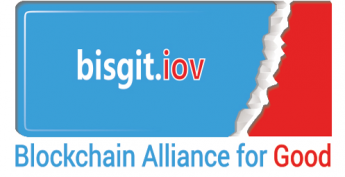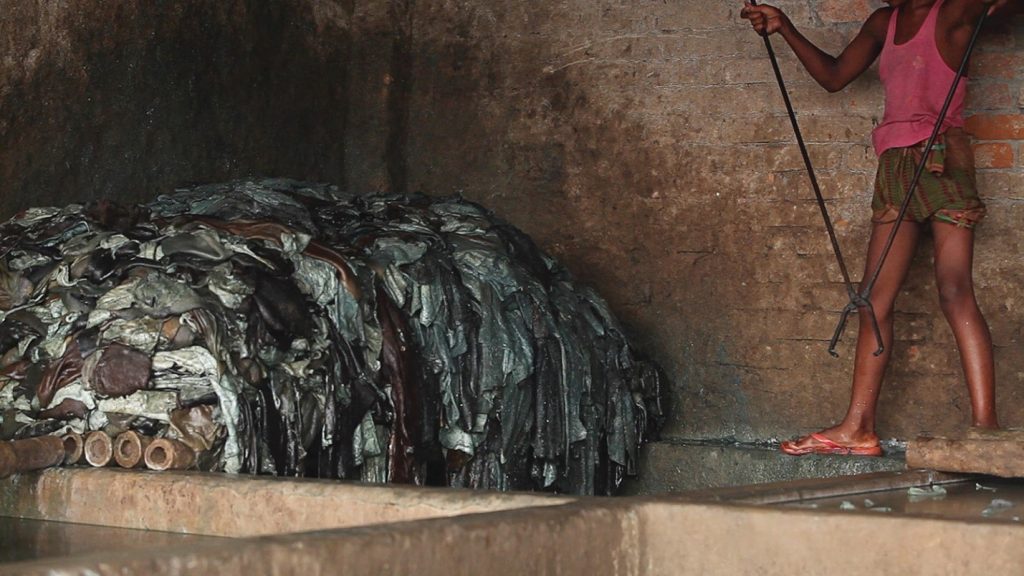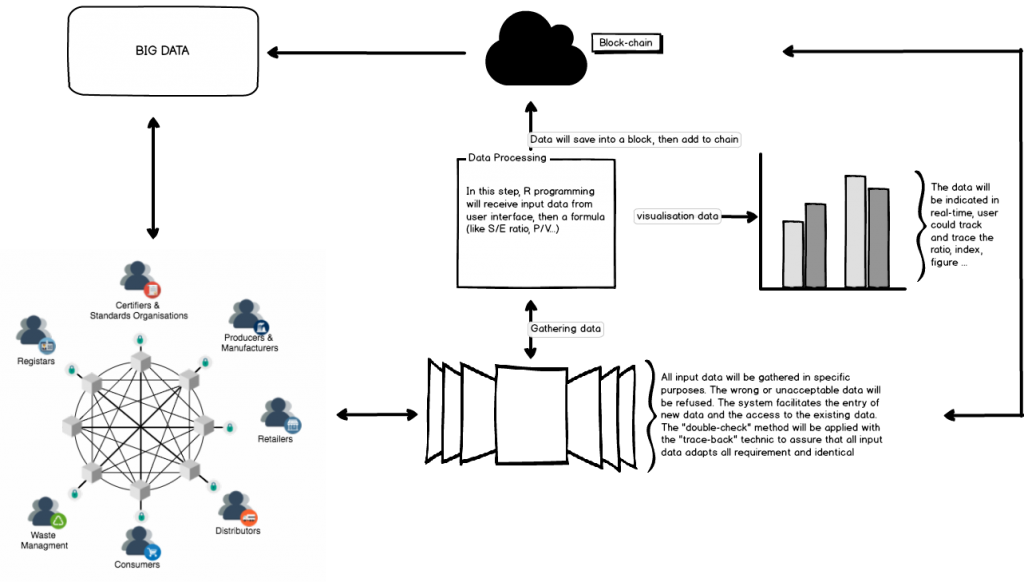Why was this project chosen?
Modern businesses place a high price on sustainable practices. Sustainability that covers all aspects and people involved has been a hard concept to define throughout history. These turbulent times of change are indicative of the necessity to adapt and change to a changing environment. With an appropriate definition, a benchmark can be set to identify challenges, goals, a strategy and a measure for success or failure. The concept of TBL aims to cover all the necessary spheres of sustainability. This includes social, environmental and economic sectors. True sustainability occurs through a synergistic relationship between these sectors. Similarly, CSR is referred to as business practices that benefit society, the environment and doesn’t impede financial growth. There is a growing level of adoption of CSR and TBL philosophies throughout businesses, this includes the leather industry.
The economic sector can be represented through the financial value of a company. This is tangible and easily measured. Environmental actions can also be quantified in terms of energy and water consumption, effluent discharge and carbon footprint to name a few. These are included in CSR policies and add to the social impact of the company. A lot of research has been done on CSR and the impact it has on financial performance. However, measuring the intangible value of socially sound practices in a comparable way proves to be challenging. This is due to the different ways of quantification and a large array of definitions. The social dimension includes the impacts of environmental practices and economic performance on social systems. This needs to be considered at regional, national and sometimes global level. Major companies publicise their CSR aspirations on their websites or as annual reports to show transparency in their operations and gain loyalty from stakeholders. Organisations are forced to adopt more transparency due to increasing pressure from stakeholders that demand socially and environmentally responsible practices. There is a need to quickly and easily associate a product with the conditions of manufacture, composition and social influence associated with it, ensuring the absence of animal abuse, modern slavery, safe chemicals etc.
There are several well-known initiatives within the leather industry that promote the concepts of TBL and CSR. These are all implemented to promote sustainability and a better image for the leather industry. The LWG’s environmental audit protocol promotes sustainable and responsible use of natural resources, human resources and waste management. The roadmap to zero’s ZDHC campaign, which aids in the construction of MRSL documents, further increases the industry’s careful environmental considerations as well as the safety of employees and consumers (LWG – leather working group). Large CSR campaigns and strategic planning is prevalent in many companies associated with the leather supply chain. These include tanneries like Bader leather (which is also LWG certified), and chemical supply companies such as Stahl. The problem arises once more as to how these detailed sustainability and CSR practices can be measured and compared as a way of benchmarking and marketing the industry as clean, safe and sustainable.
Provenance is defined in the Oxford dictionary as the beginning of something’s existence or something’s origin. The country of origin can often influence social perceptions toward a product. This fact also holds true for the conditions under which it was produced. The value of a product can be affected by customers’ association of quality or luxury with a specific country or city and be degraded through negative impressions. The association of a product with good practices can serve as an extra marketing incentive. How this impacts the community needs to be measured. In addition to this employee empowerment carries significant social value, particularly in South Africa. Comprehensive skills development initiatives such as the one from the FP&M SETA aims to uplift previously disadvantaged citizens. Trained staff will convey a positive message toward the community and add to the social value of a company. A potential way of calculating the effect of training and social impact in terms of job satisfaction is presented in.
Various implementations of metrics have been used to measure intangible value added components. Many of which are computer aided software capable of accessing various databases for information gathering. An increasingly open and accessible international trade market has increased the role of small suppliers to comply with international standards (e.g. labour laws and quality). Through measuring the provenance, social impact and process conditions and comparing the measurements the true impact of “good deeds” and ethics can be compared.
A method developed by Olinga Ta’eed trademarked as seratio (social earnings ratio) was established as an internationally recognised form of measuring social value after the founding of the CCEG in 2013. It measures the social impact of business through complex metrics, sentiment analysis and correlations with various applications. Companies are assessed and a total value is assigned according to its price earnings and profit earnings ratio. The empirical data obtained from this method allows for easy articulation of the CSR practices of a company.
The aim will be to:
Quantify CSR initiatives as a non-financial value which can be used to compare the effectiveness of different components on the leather supply chain. Evaluate the differences in intangible value between businesses in the supply chain and its impact in the industry. Ultimately establish how the total value, consisting of tangible financial and intangible non-financial value, is affected by CSR initiatives.
This will be done through considering various companies throughout the supply chain that will be mapped out prior to the commencement of the project.
Sentiment analysis and the establishment of a total blockchain of value will be the main means of comparison between different companies in the supply chain as well as the effectiveness of the strategies they employ




